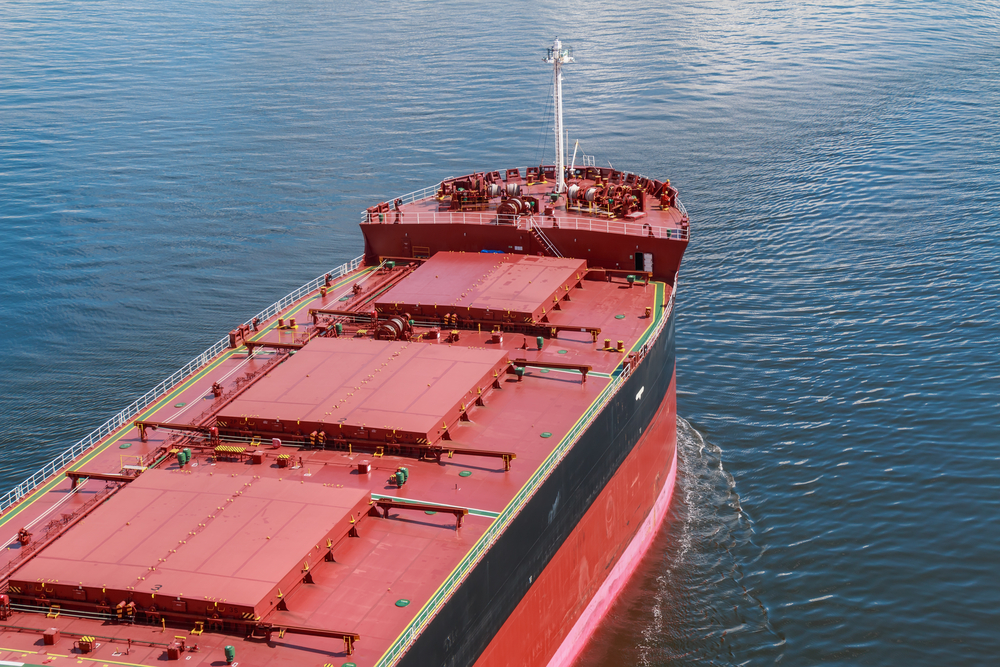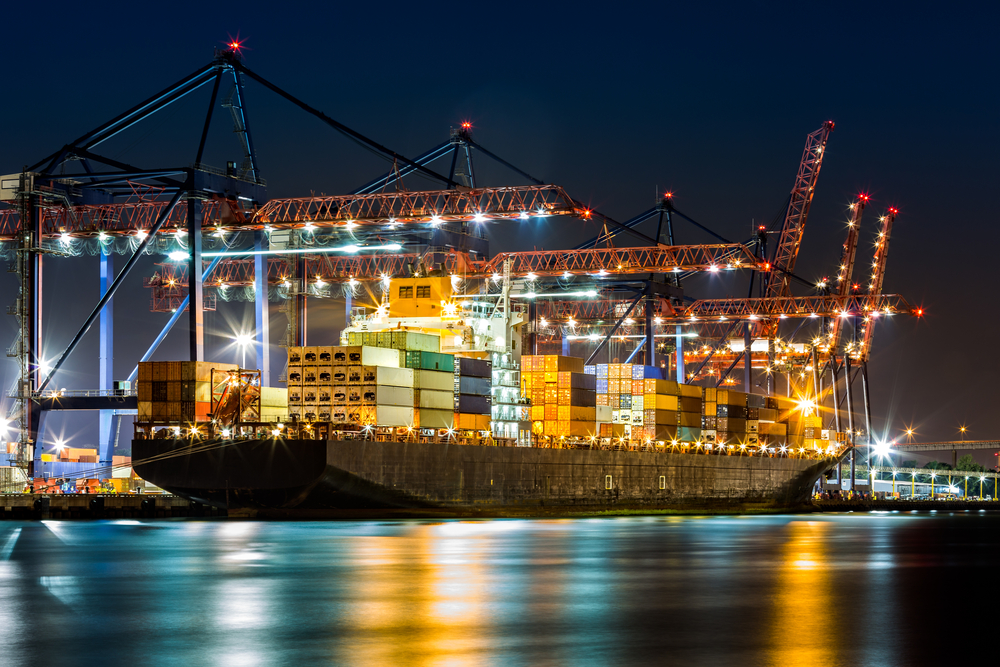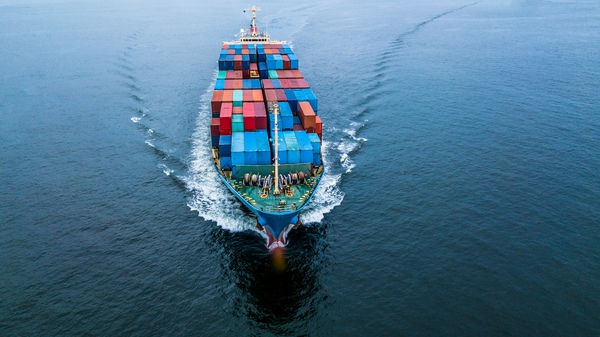How to Navigate Port Congestion & Avoid Shipping Delays
In today’s interconnected global economy, businesses rely heavily on efficient maritime shipping to keep supply chains running smoothly. However, one of the most disruptive challenges that shippers face is port congestion—a situation where too many vessels arrive at a port and the port infrastructure cannot handle the volume in a timely manner. This bottleneck results in costly shipping delays, reduced productivity, and strained supply chains.
Understanding what causes port congestion, how it impacts freight movement, and what steps your organization can take to mitigate its effects is essential for any business reliant on global trade.
What Causes Port Congestion & Why It Matters
Port congestion doesn’t arise from a single factor; rather, it’s typically the result of a combination of issues that build up over time. Understanding these causes is the first step in effectively navigating and mitigating congestion risks.
1. Surge in Container Volume
With the growth of e-commerce and globalization, container volumes have surged in recent years. Ports often struggle to scale infrastructure fast enough to meet this increasing demand, resulting in overloaded terminals and delayed unloading times.
2. Labor Shortages
Many ports are still recovering from pandemic-related labor disruptions. Staffing shortages among dock workers, crane operators, and truck drivers can significantly slow the movement of cargo through a port.
3. Limited Port Infrastructure
Some ports, particularly those in developing regions or with aging infrastructure, lack the cranes, berths, or storage space needed to efficiently handle large vessels or heavy cargo volumes. Inadequate rail or road connections compound the problem.
4. Customs & Documentation Delays
Inefficiencies in customs processing or missing paperwork can hold up shipments, causing a backlog. Even minor administrative errors can contribute to significant delays.
5. Equipment Imbalances
The uneven distribution of shipping containers—known as container imbalance—can lead to shortages of chassis and containers where they are needed, stalling freight movement.
6. Weather and Natural Disasters
Extreme weather events such as hurricanes, typhoons, and floods can shut down ports entirely, exacerbating existing congestion or triggering new delays.
Why Port Congestion Matters
Port congestion impacts not only the shipping companies and port authorities but also has far-reaching consequences across supply chains. It increases transportation costs, extends lead times, reduces inventory availability, and ultimately, can damage a company’s customer service reputation.
How Port Delays Affect Global Supply Chains
Port congestion is not an isolated issue—it ripples across the entire logistics ecosystem. Businesses that fail to account for this risk in their supply chain strategies can face significant financial and operational setbacks.
1. Increased Freight Costs
When ports are congested, ships spend more time idling offshore, accruing demurrage and detention fees. These charges often get passed along the supply chain, increasing overall shipping costs.
2. Inventory Shortages
Delays in cargo arrival can leave retailers and manufacturers without the goods they need to meet customer demand. This is particularly damaging during peak seasons, such as holidays or back-to-school periods.
3. Production Disruptions
Manufacturers relying on just-in-time inventory models may experience factory stoppages due to delayed receipt of raw materials or components, leading to lost revenue and missed deadlines.
4. Reduced Forecast Accuracy
Persistent delays disrupt shipping schedules, making it harder for supply chain planners to forecast accurately or optimize inventory levels. This can result in overstocking or stockouts.
5. Loss of Customer Confidence
In an era of high customer expectations, delays in product availability can negatively affect customer satisfaction and long-term brand loyalty.
Best Strategies to Minimize Shipping Delays
While port congestion is often beyond your direct control, you can implement several actionable strategies to reduce its impact on your operations.
1. Diversify Port Use
Avoid overreliance on a single port. Working with multiple ports across different regions can give your supply chain more flexibility. Secondary or inland ports may offer faster processing times during peak congestion periods.
2. Build in Lead Time
Proactively extend your shipping timelines to include a buffer for potential delays. This helps ensure that unexpected congestion doesn’t cause major disruptions to your delivery schedules.
3. Choose the Right Carriers
Partner with reliable carriers that have strong operational performance and access to alternative routes. Experienced carriers are more adept at handling bottlenecks and providing solutions in real-time.
4. Optimize Container Utilization
Use high-efficiency container load plans to reduce the number of containers you ship. Fewer containers mean fewer chances of delays and lower handling costs.
5. Establish Strong Vendor Relationships
Close communication with suppliers, freight forwarders, and customs brokers can help you anticipate and respond quickly to emerging delays. Collaboration is key to adaptive problem-solving.
6. Monitor Port Activity
Stay informed about current port conditions, labor actions, and equipment availability. Many industry news outlets and port authority websites provide real-time updates on congestion levels.
Technology & Tools to Track Port Congestion
Modern technology offers valuable tools to help shippers gain real-time visibility into port activity and cargo movement. Investing in the right systems can significantly enhance your decision-making capabilities.
1. Port Tracking Software
Platforms like MarineTraffic, PortCast, and project44 offer live updates on vessel locations, port throughput, and estimated times of arrival. This allows logistics teams to proactively reroute shipments or adjust schedules.
2. AI-Powered Predictive Analytics
Artificial intelligence can analyze historical data and current events to predict congestion patterns. These insights help logistics planners optimize transit routes and prevent delays before they occur.
3. Internet of Things (IoT) Devices
GPS trackers, smart containers, and temperature sensors provide granular visibility into cargo status. This is especially useful for high-value or temperature-sensitive shipments.
4. Transportation Management Systems (TMS)
A TMS integrates with carrier systems, customs databases, and inventory management platforms to provide end-to-end shipment visibility. It also helps automate booking, documentation, and compliance processes.
5. APIs & Integration Tools
Custom API solutions can integrate port tracking tools with internal ERP or supply chain systems, enabling centralized access to freight data for all stakeholders.
How to Optimize Freight Planning to Avoid Delays
Freight planning is a critical lever in navigating port congestion. Proactive, data-informed freight planning helps businesses avoid costly delays and ensures smooth cargo movement from origin to destination.
1. Align Procurement with Logistics
Work closely with your procurement team to align purchasing decisions with shipping capacity and seasonal demand patterns. This coordination prevents last-minute freight bookings during high-congestion periods.
2. Consolidate Shipments
Whenever possible, consolidate multiple smaller shipments into a single full-container load (FCL). FCL shipments move faster through ports and are less likely to encounter handling delays than less-than-container loads (LCL).
3. Plan for Multimodal Transportation
Combine ocean freight with rail, trucking, or air freight to create more resilient routing options. Having backup modes of transport ready can help you avoid bottlenecks entirely.
4. Use Forward Stocking Locations
Strategically placing inventory in regional distribution centers or bonded warehouses allows faster fulfillment and mitigates the risk of inbound shipping delays.
5. Contract with Flexibility
Negotiate contracts that include flexible booking terms or volume guarantees. This provides more leverage when space is tight or when routes need to be changed quickly.
6. Conduct Risk Assessments
Regularly evaluate your shipping routes and suppliers for exposure to congestion-related risks. Include contingency plans in your supply chain design to ensure rapid response capabilities.
Take Control with Contract Rate Management System
Port congestion is a persistent challenge in global shipping, but it doesn’t have to derail your business. By understanding the root causes of congestion, leveraging technology, and adopting proactive freight planning strategies, you can navigate this complex issue with confidence and agility.
But success starts with having the right tools at your disposal.
That’s where Contract Rate Management System (CRMS) comes in.
With over 20 years of experience in the maritime shipping industry, CRMS is a premier ocean freight rate management platform designed to help shippers like you streamline freight planning and avoid costly delays. At CRMS, we understand the value of having real-time access to global ocean freight rates—right at your fingertips.
Our platform offers:
- Dynamic rate tracking across major carriers
- Customized freight analytics and reporting
- Streamlined contract management
- Real-time congestion alerts and shipping insights
Don’t let port congestion catch you off guard. Take control of your freight operations and empower your team with the technology they need to stay ahead.
Contact us today and discover how smart shipping begins with smarter rate management.





